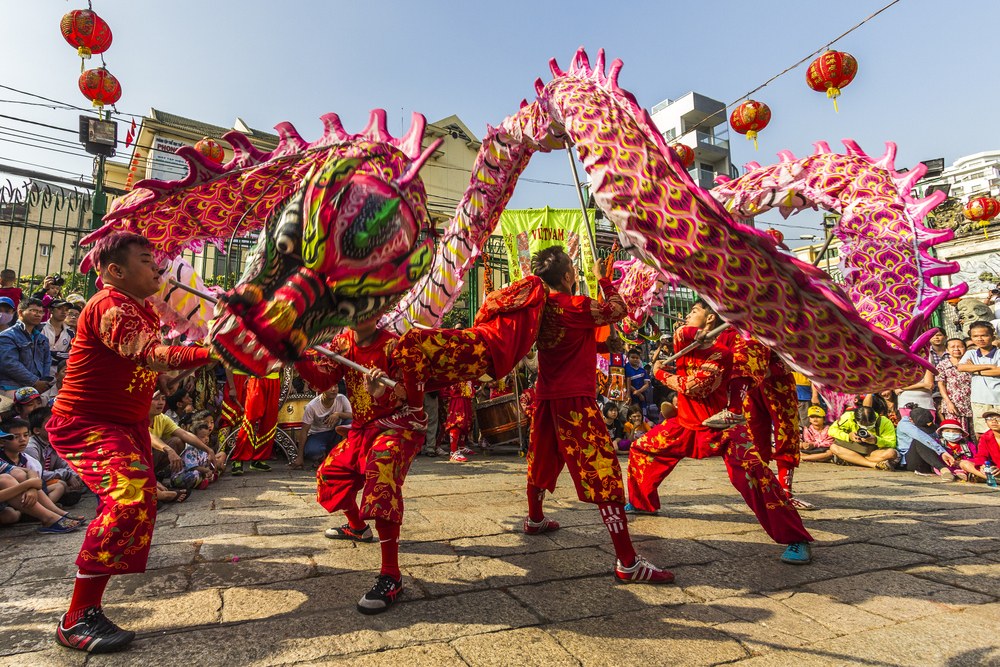
It no longer comes as a surprise that art funding and program implementation has become less of a focus in secondary schools. This means that many of our youth, especially those underrepresented will either receive little to no exposure of the arts. Meanwhile, the decline of artist jobs can make any student think twice about completing an arts degree. On the contrary several professional fields, not directly connected to the arts, have divisions that produce arts related projects.
Enhance Your Professional Portfolio
Whether you earn a college degree or training certificate, competition is steep and the job market is extremely competitive. Adding travel, community engagement and independent study to your artist background can aid in forming a fierce and well versed portfolio. Professional careers that seek diversified self starters include areas of law, psychology, international business and education, to name a few.
Arts and the professions:
- Law (copyright and entertainment)
- Psychology (art, dance and music therapy)
- International business and education (NGO’s, academic advisement, the state department, international and military schools)
Create A Study & Networking Strategy For Your Travels
One of the pros to having an art specialty is that it allows you the freedom to travel. For instance, during a Gap Year, once familiarizing yourself with the community, you could offer your craft to local businesses. It is a great way to network and fund your travels. You can take part in educational programs by reaching out to municipalities and universities in regards to school events and free programs offered. This is an excellent way to study and network. When people learn of the skills you own, opportunities for work exchange can occur.
What you can do:
Teach arts and crafts, dance, core subjects (through playful activities), foreign language (through movement, songs and books).
Who you can reach out to:
Schools, children’s hospitals, orphanages, dance studios, language schools, university departments and extended study programs.
Aligning Your Skills With The Mission
Organizations look for people who want to lend a helping hand. Do a little research on topics that interest you and groups that focus in that area. Take a look at organizations where art is not the cornerstone of its initiative. For example, a nonprofit program that assists refugees with housing and job placement also needs to discuss the challenges of adapting to a new culture. By taking on a project coordinator position you are able to integrate art and community involvement while assisting international newcomers. This is an excellent way to feature your creative aptitude and leadership skills.
Another idea is to reach out to organizations by proposing a pilot program. Interested parties could offer a stipend or materials for a new project, especially if you are travelling and can offer a competitive skill (language, sports, construction, farming). Find ways to show how the organization’s mission and your skill set can come together to carry out a common goal. A musician may go to a local orphanage and perform for youth. A dancer may go to a women’s shelter and teach a workshop on femininity and empowerment through movement. By giving acknowledgement to everyday interactions and documenting your experience you can begin developing a personal and professional sense of self.
Organizations to consider: Hunger prevention, homeless shelters, hospitals, halfway houses, nursing homes, preschools and day cares.
Shortterm projects: Finger painting, collage making, free style dance, music performance and storytelling.
Dominique Robinson is an American dancer, choreographer, filmmaker and founder of Pizarts organization and Dance Gap Year. She teaches dance throughout the five boroughs of New York and Connecticut. She is the co-founder of the film dance collective Dom & Aston Cinedans based in NYC. Robinson holds a Bachelor of Fine Arts from East Carolina University and a Master of Arts in Dance Education from New York University. Her works have incorporated artists from Argentina, Brazil, Spain, Japan, Korea, Tanzania, Canada and the U.S.
